‘Celtic’ is a word heavily charged with meanings. It refers, among other phenomena, to a football club, a group of languages, a temperament, a style of art and a fringe, once the stronghold of the Liberal Democrats. But who are — and were — the Celts? The curators of the new British Museum exhibition are not at all sure, and that’s one of the reasons why the result is so enthralling.
There is a familiar answer to this question: the Celts were an ancient people who moved into Europe from the east in prehistoric times and occupied most areas north and east of the Alps, together with northern Italy and much of the Balkans. They spoke a kindred group of languages and created a style of art that continued to evolve from the 5th century BC into the Middle Ages. This luxuriantly decorative idiom, full of elegantly looping lines and densely knotted decoration, inspired the Romantics of the 19th-century Celtic revival, including Charles Rennie Mackintosh and Frances and Margaret Macdonald, and ended up as a distinctive Scottish variety of art nouveau.
The trouble with this story, according to the accompanying book, is that a lot of it — apart from the revival part — is oversimplified, dubious and just wrong, and generally worked out by looking backwards at the distant past. ‘The idea of Celtic art,’ the authors point out, ‘was a Victorian creation.’ A good look at the Gundestrup cauldron brings out the complexities of the situation.
In any case, it is worth spending a long while gazing at this fabulous object (the star exhibit, among some tough competition). This is a massive silver bowl, with panels in low relief that bear the heads of gods and goddesses, strange beasts including what seem to be elephants, and a figure with antlers on his head holding a horned serpent in one hand, a torc in the other and wearing a Corbynesque costume of vest and long johns. Some details — a man apparently riding a flying fish — put one in mind of Hieronymus Bosch.
It’s marvellous —worth the ticket price on its own. But who made it? The cauldron was found in Denmark in 1891, but it does not seem to be Danish. Or, at least, the curators are persuaded that it was actually made somewhere in modern Bulgaria or Romania. Whoever created it — probably around 150–50 BC, though that, too, is a guess — was operating on the borders between the Celtic world and that of the Thracians.
This object shows affinities with both, and also with the arts of the Asian steppe. So this masterpiece of ‘Celtic art’ is not Celtic ‘or at least not just Celtic’. Those gods might be the same deities worshipped by ancient Britons or, then again, they could be Greek. And plainly, the cauldron, once made, was traded — in modern terms — from the south-eastern extremity of Europe to Scandinavia.
The European past, according to this revised version, saw everybody buying everybody else’s art and borrowing from it. A Glaswegian friend once described his birthplace to me as ‘a great cosmopolitan city, with people from all over the world — Irish, Italians, and no English!’ But, artistically speaking, even the Sassenachs — or at least the Anglo-Saxons — got into the mix.
The magnificent brooch found at Hunterston in Ayrshire (650–750), with its delicate swirling decoration, is just the kind of item imitated by the jewellers of the Celtic revival in the late 19th century. But the interlaced designs, like plaited ribbons in gold, were borrowed from Anglo-Saxon art (meanwhile, the East Anglian ruler buried at Sutton Hoo treasured a Celtic bowl).
The superb St Chad Gospels from Lichfield — another stellar exhibit — imitates equally Roman, Celtic and Anglo-Saxon models. The portraits of the Evangelists are classical, the sinuous undulations and spirals, like Hogarth’s ‘line of beauty’, can be found in Celtic objects a thousand years older. This art history resembles Lewis Carroll’s island, where everyone lives by taking in everyone else’s washing.
The Celts absorbed ideas from all over the place. Two of the oldest pieces on show, flagons found in France dating from 400–360 BC, are wildly imaginative variations on Etruscan originals. And much later art seems related to ‘Celtic’ idioms. The world of the Gundestrup cauldron, for example, is close to the phantasmagoria of Romanesque sculpture.
The Celts, especially in the earlier centuries, are mysterious for two reasons. Firstly, they did not use writing. Consequently, there is a great deal — the precise meanings of the swirling, curvilinear designs and the birds and animals that lurk within them — at which we can only guess.
Also they lived in damp, temperate spots so that their creations in wood, leather and textiles have generally perished. The result is that there are an awful lot of torcs and brooches on display. Nonetheless, despite being distinctly heavy on metal this is a rare example of an exhibition that is both visually seductive and intellectually complex. The message is: art can seem to be all about identity, but simultaneously depend on interchange with everyone else. In the contemporary political context this is an intriguing message, especially as the exhibition moves to Edinburgh next spring.
Got something to add? Join the discussion and comment below.
Get 10 issues for just $10
Subscribe to The Spectator Australia today for the next 10 magazine issues, plus full online access, for just $10.
You might disagree with half of it, but you’ll enjoy reading all of it. Try your first month for free, then just $2 a week for the remainder of your first year.

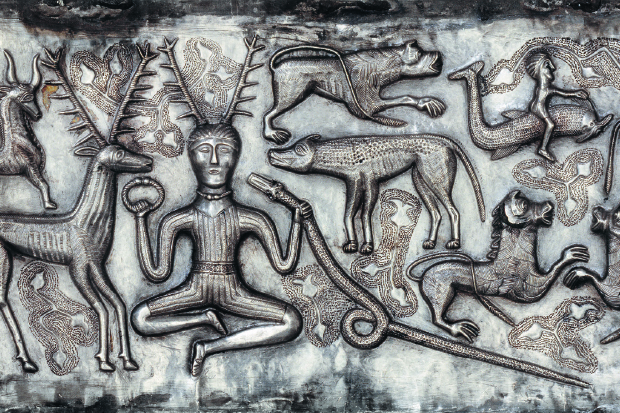
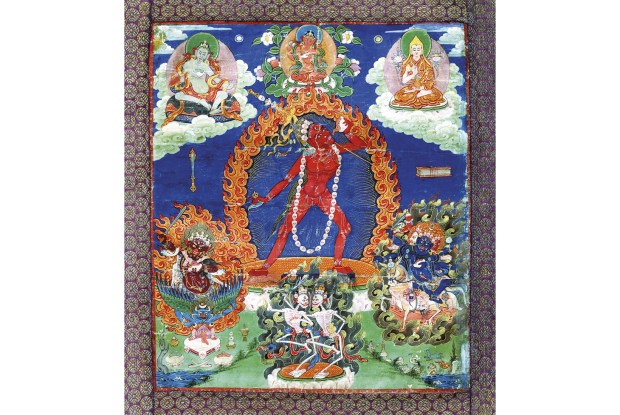
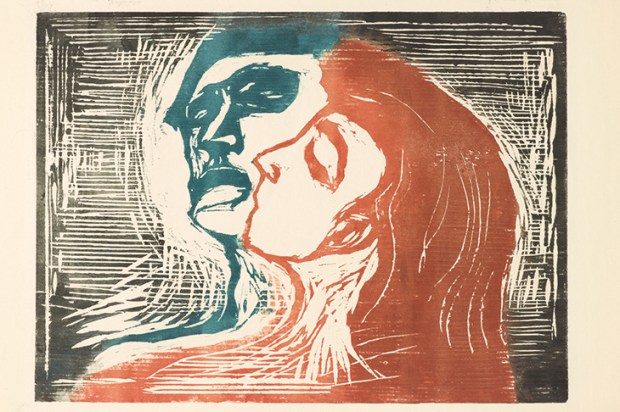
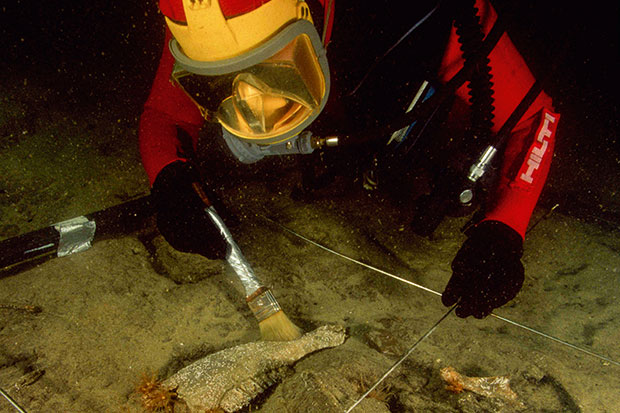
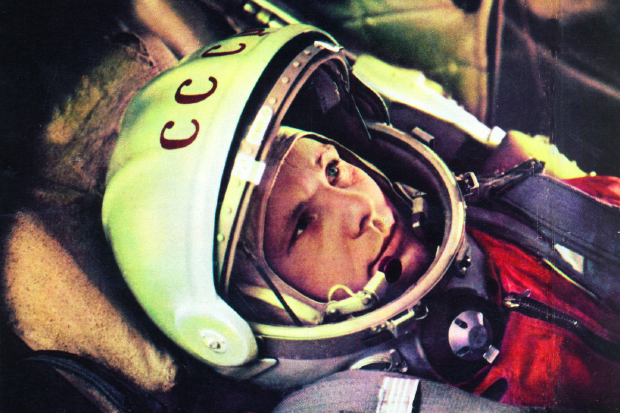
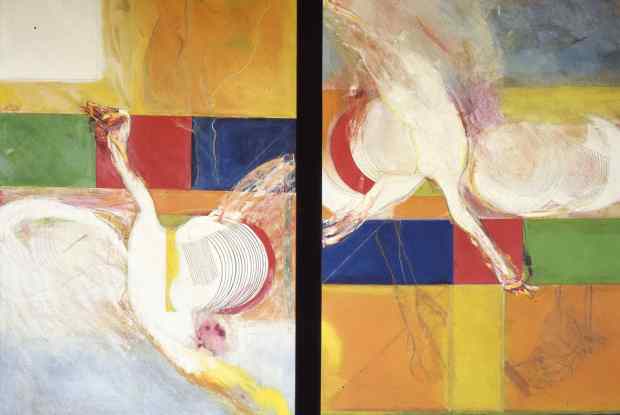
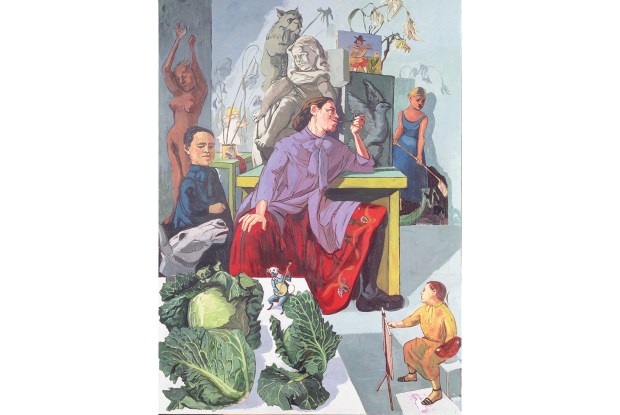






Comments
Don't miss out
Join the conversation with other Spectator Australia readers. Subscribe to leave a comment.
SUBSCRIBEAlready a subscriber? Log in